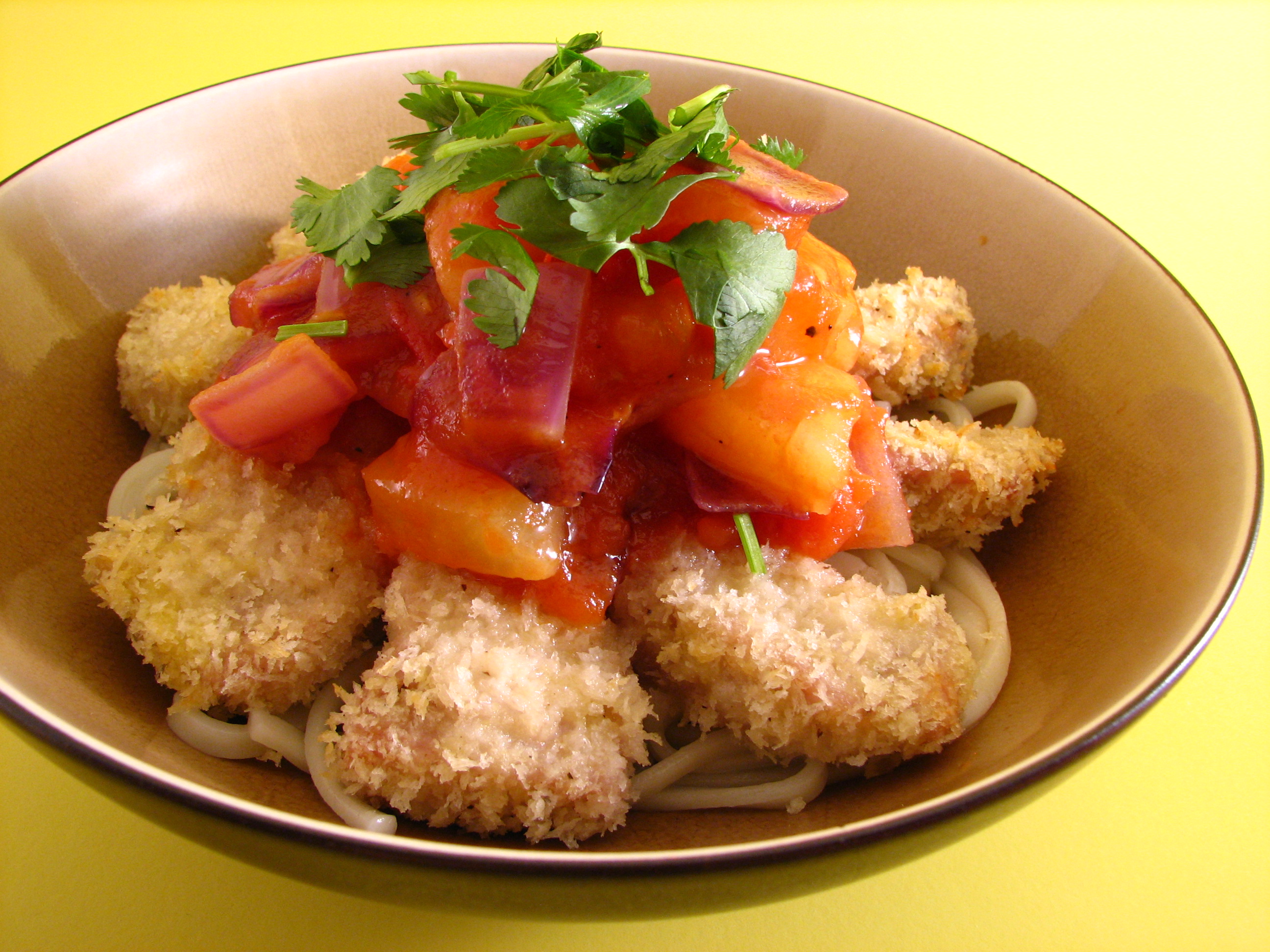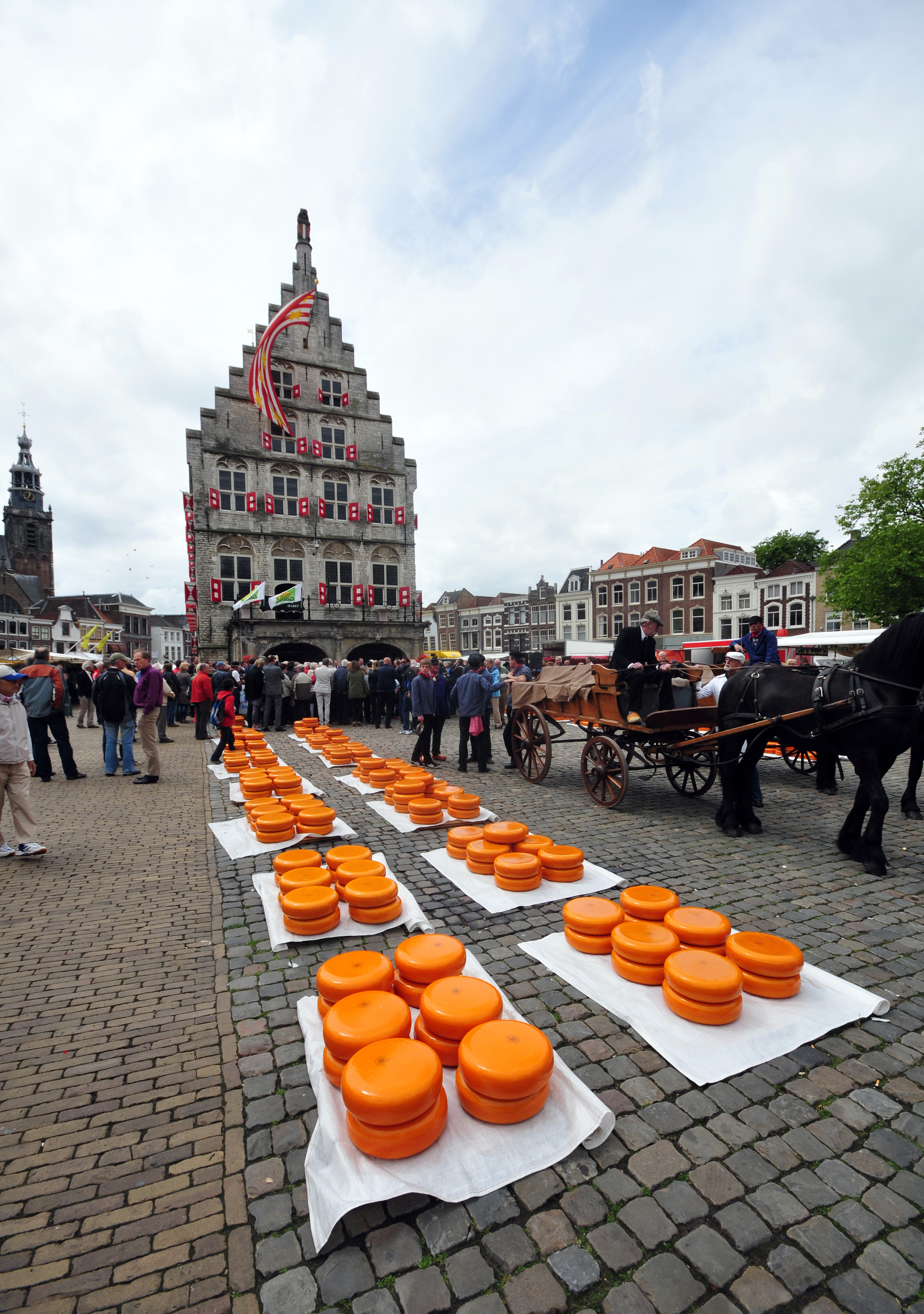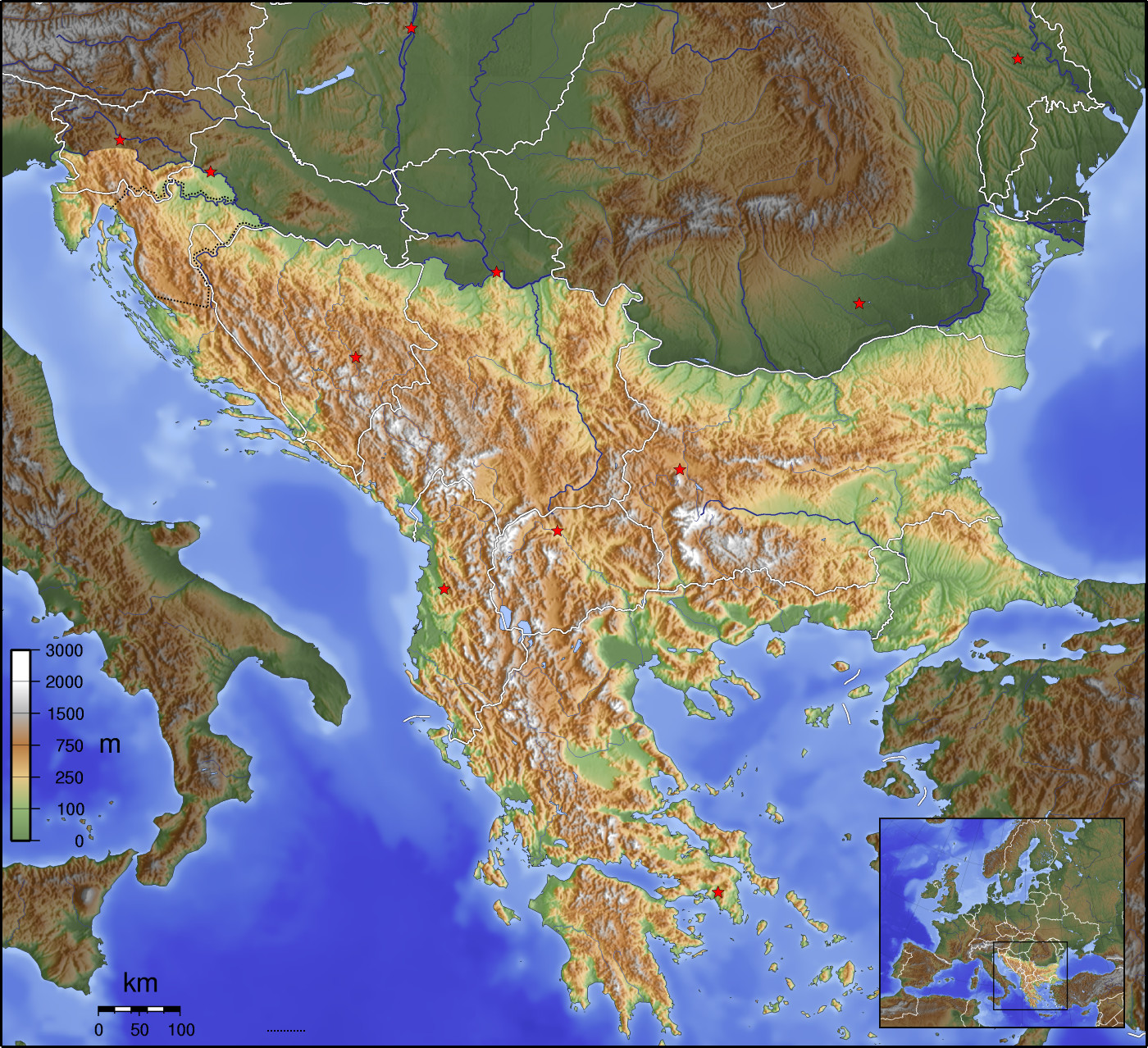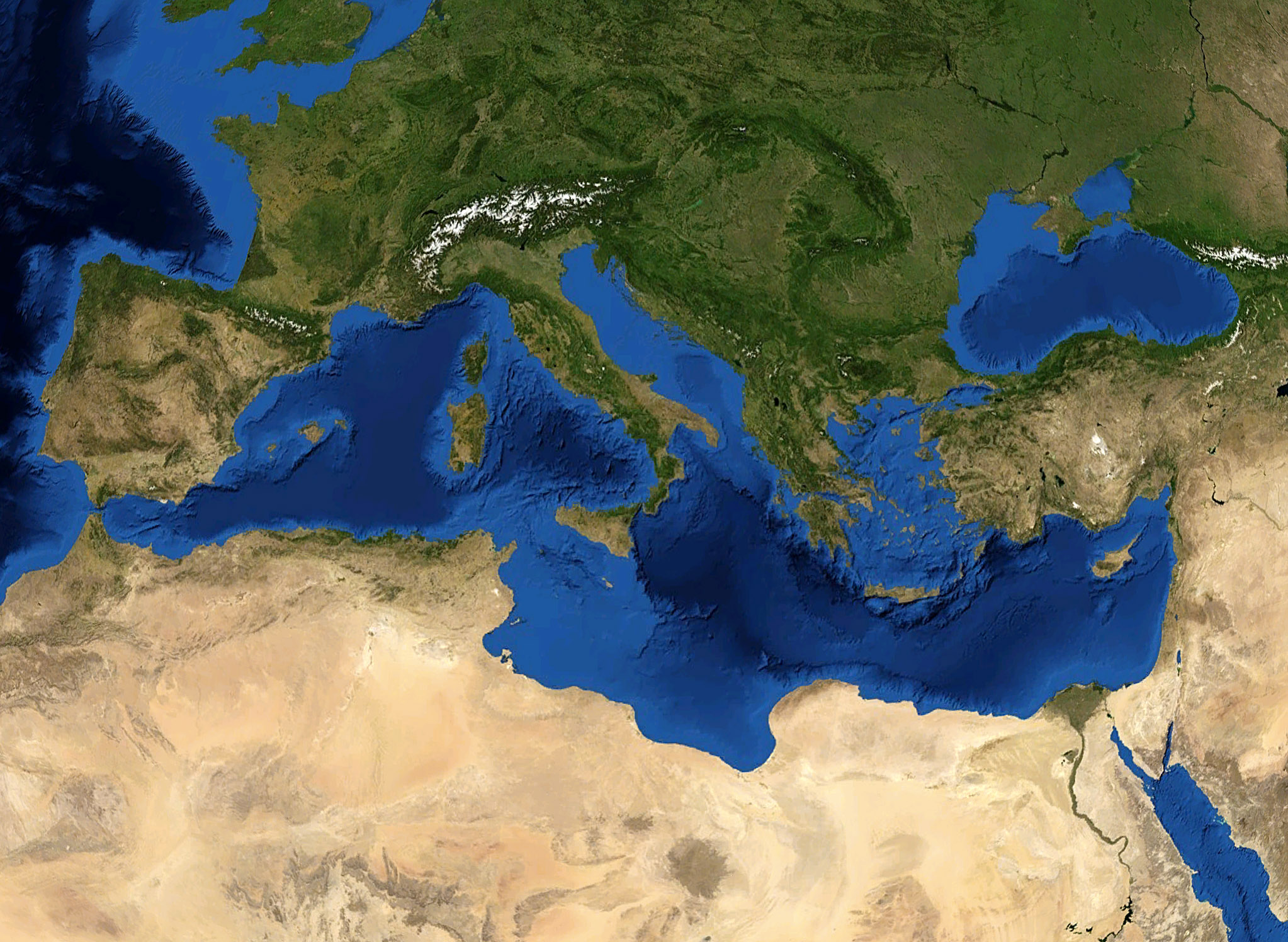|
Cașcaval Pane
''Cașcaval pane'' is an Eastern European cuisine, Eastern European dish made usually with cheese similar to Gouda cheese, Gouda that is coated in bread crumbs. In Romania and Bulgaria, this cheese is called Cașcaval or Кашкавал (Kashkaval) respectively, hence the beginning of the name 'Kashkaval Pane'. Kashkaval is a common cheese in Eastern Europe, especially the Balkans and parts of Central Europe and is also eaten in parts of Southern Europe. Cașcaval pane is traditionally served as an appetiser and can be garnished with fried potatoes (french fries or chips), mamaliga (polenta), with mujdei or a variety of salads. See also * Mozzarella sticks References {{DEFAULTSORT:Cascaval pane Romanian breaded dishes Fried cheese Deep fried foods ... [...More Info...] [...Related Items...] OR: [Wikipedia] [Google] [Baidu] |
Eastern Europe
Eastern Europe is a subregion of the Europe, European continent. As a largely ambiguous term, it has a wide range of geopolitical, geographical, ethnic, cultural and socio-economic connotations. Its eastern boundary is marked by the Ural Mountains, and its western boundary is defined in various ways. Narrow definitions, in which Central Europe, Central and Southeast Europe are counted as separate regions, include Belarus, Russia and Ukraine. In contrast, broader definitions include Moldova and Romania, but also some or all of the Balkans, the Baltic states, the Caucasus, and the Visegrád Group, Visegrád group. The region represents a significant part of Culture of Europe, European culture; the main socio-cultural characteristics of Eastern Europe have historically largely been defined by the traditions of the Slavs, as well as by the influence of Eastern Christianity as it developed through the Byzantine Empire, Eastern Roman Empire and the Ottoman Empire. Another definition was ... [...More Info...] [...Related Items...] OR: [Wikipedia] [Google] [Baidu] |
Cașcaval
''Kashkaval'' is a type of cheese made from the milk of Cattle, cows, sheep, goats, or a mixture thereof. In Turkey, Albania, Bulgaria, Kosovo, North Macedonia, Romania and Serbia, the term is often used to refer to all yellow cheeses (or even any cheese other than ''sirene''). In English-language menus in Bulgaria, ''kashkaval'' is translated as 'yellow cheese' (whereas ''sirene'' is usually translated as 'white cheese' or simply 'cheese'). Etymology The name ''kashkaval'' possibly comes from the Italian cuisine, Italian ''caciocavallo''. Another theory claims that it is related to the Aromanian language, Aromanian ''caș'', 'cheese', but the ''kaval'' part remains unexplained. Locality Albania In Albania, ''kaçkavall'' is the most popular type of cheese after ''djathë i bardhë'' (white cheese). It is considered a traditional Albanian cheese, and is widely used as a side dish. Some traditional restaurants will bring plates of raw or fried ''kaçkavall'' for no additional ... [...More Info...] [...Related Items...] OR: [Wikipedia] [Google] [Baidu] |
Bread Crumbs
Breadcrumbs are a culinary ingredient consisting of flour or crumbled bread of varying dryness, sometimes with seasonings added. They are used for a variety of purposes, including breading or crumbing foods before frying (such as breaded cutlets like tonkatsu and schnitzel), topping casseroles, stuffing poultry, thickening stews, and adding inexpensive bulk to soups, meatloaves, and similar foods. Types Dry Dry breadcrumbs are made from dry breads which have been baked or toasted to remove most remaining moisture, and may have a sandy or even powdery texture. Breadcrumbs are most easily produced by pulverizing slices of bread in a food processor, using a steel blade to make coarse crumbs, or a grating blade to make fine crumbs. A grater or similar tool will also do. Fresh The breads used to make soft or fresh breadcrumbs are not quite as dry, so the crumbs are larger and produce a softer coating, crust, or stuffing. The ''crumb'' of ''breadcrumb'' also refers to th ... [...More Info...] [...Related Items...] OR: [Wikipedia] [Google] [Baidu] |
Eastern European Cuisine
Eastern European cuisine encompasses many different cultures, ethnicities, languages, and histories of Eastern Europe. The cuisine of the region is strongly influenced by its climate and still varies, depending on a country. For example, East Slavic countries of the Sarmatic Plain ( Belarusian, Russian and Ukrainian cuisine) show many similarities. Characteristics According to the ''Ethnic Food Lover's Companion'', all significant Eastern European cuisines are closely connected with the political, social and economic revival of the region, following the long periods of historical turmoil. "These are substantial cuisines, meaty, rooty, smoky – part comfort food, part extravagance." Their main ingredients include eggs, used most frequently in doughs and pastries; dairy products (with yogurt and cheese among the staples); grains, including rye, barley, wheat, buckwheat and millet used in kashas and in the making of breads; vegetables, in cold storage and in pickling; fish ( ... [...More Info...] [...Related Items...] OR: [Wikipedia] [Google] [Baidu] |
Gouda Cheese
Gouda cheese (, , ; , "cheese from Gouda") is a creamy, yellow cow's milk cheese originating from the Netherlands. It is one of the most popular and produced cheeses worldwide. The name is used today as a general term for numerous similar cheeses produced in the traditional Dutch manner. History The cheese is named after the city of Gouda, South Holland because it was traded there. In the Middle Ages, Dutch cities could obtain certain feudal rights which gave them primacy or a total monopoly on certain goods. Within the County of Holland, Gouda acquired market rights on cheese, the sole right to have a market in which the county's farmers could sell their cheese. All the cheeses would be taken to the market square in Gouda to be sold. Teams consisting of the guild of cheese-porters, identified by distinct differently coloured straw hats, carried the farmers' cheeses, which typically weighed about , in barrows. Buyers then sampled the cheeses and negotiated a price using a ... [...More Info...] [...Related Items...] OR: [Wikipedia] [Google] [Baidu] |
Kashkaval
''Kashkaval'' is a type of cheese made from the milk of cows, sheep, goats, or a mixture thereof. In Turkey, Albania, Bulgaria, Kosovo, North Macedonia, Romania and Serbia, the term is often used to refer to all yellow cheeses (or even any cheese other than '' sirene''). In English-language menus in Bulgaria, ''kashkaval'' is translated as 'yellow cheese' (whereas '' sirene'' is usually translated as 'white cheese' or simply 'cheese'). Etymology The name ''kashkaval'' possibly comes from the Italian '' caciocavallo''. Another theory claims that it is related to the Aromanian ''caș'', 'cheese', but the ''kaval'' part remains unexplained. Locality Albania In Albania, ''kaçkavall'' is the most popular type of cheese after ''djathë i bardhë'' (white cheese). It is considered a traditional Albanian cheese, and is widely used as a side dish. Some traditional restaurants will bring plates of raw or fried ''kaçkavall'' for no additional cost before the main dishes finish cook ... [...More Info...] [...Related Items...] OR: [Wikipedia] [Google] [Baidu] |
Balkans
The Balkans ( , ), corresponding partially with the Balkan Peninsula, is a geographical area in southeastern Europe with various geographical and historical definitions. The region takes its name from the Balkan Mountains that stretch throughout the whole of Bulgaria. The Balkan Peninsula is bordered by the Adriatic Sea in the northwest, the Ionian Sea in the southwest, the Aegean Sea in the south, the Turkish straits in the east, and the Black Sea in the northeast. The northern border of the peninsula is variously defined. The highest point of the Balkans is Musala, , in the Rila mountain range, Bulgaria. The concept of the Balkan Peninsula was created by the German geographer August Zeune in 1808, who mistakenly considered the Balkan Mountains the dominant mountain system of southeastern Europe spanning from the Adriatic Sea to the Black Sea. In the 19th century the term ''Balkan Peninsula'' was a synonym for Rumelia, the parts of Europe that were provinces of the Ottoman E ... [...More Info...] [...Related Items...] OR: [Wikipedia] [Google] [Baidu] |
Central Europe
Central Europe is a geographical region of Europe between Eastern Europe, Eastern, Southern Europe, Southern, Western Europe, Western and Northern Europe, Northern Europe. Central Europe is known for its cultural diversity; however, countries in this region also share some historical and cultural similarities. The region is variously defined, but it’s minimum definition could be considered of consisting of Austria, Bosnia and Herzegovina, Croatia, the Czech Republic, eastern France, Germany, Liechtenstein, Luxembourg, Poland, Slovakia, Slovenia and Switzerland. But also the Baltic States, the Alsace in north-east France, and South Tyrol, northern Belluno , and Friuli-Venezia Giulia in north-east Italy are culturally usually considered to be part of Central Europe. From the early 16th century until the early 18th century, parts of Croatia and Hungary were ruled by the Ottoman Empire. During the 17th century, the empire also occupied southern parts of present-day Slovakia. During ... [...More Info...] [...Related Items...] OR: [Wikipedia] [Google] [Baidu] |
Southern Europe
Southern Europe is also known as Mediterranean Europe, as its geography is marked by the Mediterranean Sea. Definitions of southern Europe include some or all of these countries and regions: Albania, Andorra, Bosnia and Herzegovina, Bulgaria, Croatia, Cyprus, Gibraltar, Greece, Italy, Kosovo, Malta, Monaco, Montenegro, North Macedonia, Portugal, San Marino, Serbia, Slovenia, southern France, Wallachia, southern Romania, Spain, Turkey, and Vatican City. Southern Europe is focused on the three peninsulas located in the extreme south of the European continent. These are the Iberian Peninsula, the Italian Peninsula, and the Balkans, Balkan Peninsula. These three peninsulas are separated from the rest of Europe by towering mountain ranges, respectively by the Pyrenees, the Alps and the Balkan Mountains. The location of these peninsulas in the heart of the Mediterranean Sea, as well as their mountainous reliefs, provide them with very different types of climates (mainly subtropics, ... [...More Info...] [...Related Items...] OR: [Wikipedia] [Google] [Baidu] |
Mujdei
''Mujdei'' (, plural: ''mujdeie'') is a traditional spicy Romanian sauce. It is made from garlic cloves crushed and ground into a paste, salted and mixed energetically with vegetable oil (almost always sunflower oil). Depending on regional preferences and the dish it is served with, lemon or other ingredients may be added. The result is a white sauce with a strong garlic flavor, varying in consistency from a thick paste to a runny sauce. In some parts of Romania ''mujdei'' is made out of cream, ground garlic, and salt. Sometimes ground garlic, salt, little water, oil and paprika powder. It is served with a variety of dishes, including fried fish, fried or grilled chicken or pork, rasol, and fried potatoes. The word ''mujdei'' is derived from the phrase ''must de ai'', meaning "garlic must (juice)". See also * Agliata – an Italian garlic sauce * Skordalia - a similar Greek garlic dip * Aioli * Toum * Garlic sauce * List of dips * List of garlic dishes * List of sauces ... [...More Info...] [...Related Items...] OR: [Wikipedia] [Google] [Baidu] |
Mozzarella Sticks
Mozzarella sticks are elongated pieces of battered or breaded mozzarella, usually served as hors d'oeuvre. Origins The history of frying cheese in a batter dates back to at least 1393 in medieval France, when a recipe for fried cheese sticks appeared in '' Le Ménagier de Paris''. However, food historians believe that medieval French fried cheeses had little in common with the preparation and development of modern mozzarella sticks. Mozzarella sticks most likely have their origins in the United States during the 1970s, through a combination of two factors, as per historian Joel Jensen: "the increasing availability of mass-produced mozzarella cheese beginning in the 1960s", and the development of new efficient frying technologies to be used in fast-paced food-serving businesses (such as bowling alleys and sports bars). Preparation Mozzarella sticks are prepared by coating cheese strings in breadcrumbs or batter. They may be baked or fried in oil. Mozzarella sticks are oft ... [...More Info...] [...Related Items...] OR: [Wikipedia] [Google] [Baidu] |
Romanian Breaded Dishes
Romanian may refer to: *anything of, from, or related to the country and nation of Romania **Romanians, an ethnic group **Romanian language, a Romance language ***Romanian dialects, variants of the Romanian language **Romanian cuisine, traditional foods **Romanian folklore *'' The Romanian: Story of an Obsession'', a 2004 novel by Bruce Benderson *''Românul ''Românul'' (, meaning "The Romanian"; originally spelled ''Romanulu'' or ''Românulŭ'', also known as ''Romînul'', ''Concordia'', ''Libertatea'' and ''Consciinti'a Nationala''), was a political and literary newspaper published in Bucharest, Ro ...'' (), a newspaper published in Bucharest, Romania, 1857–1905 See also * * {{disambiguation Language and nationality disambiguation pages ... [...More Info...] [...Related Items...] OR: [Wikipedia] [Google] [Baidu] |







